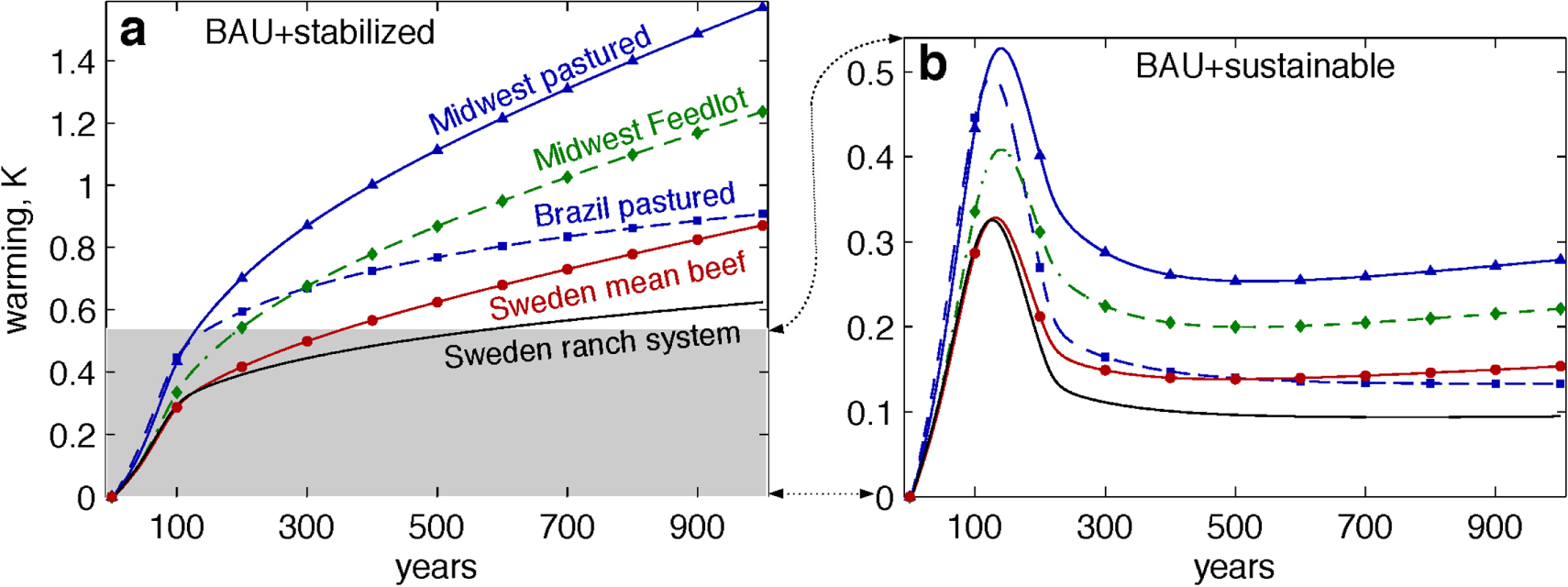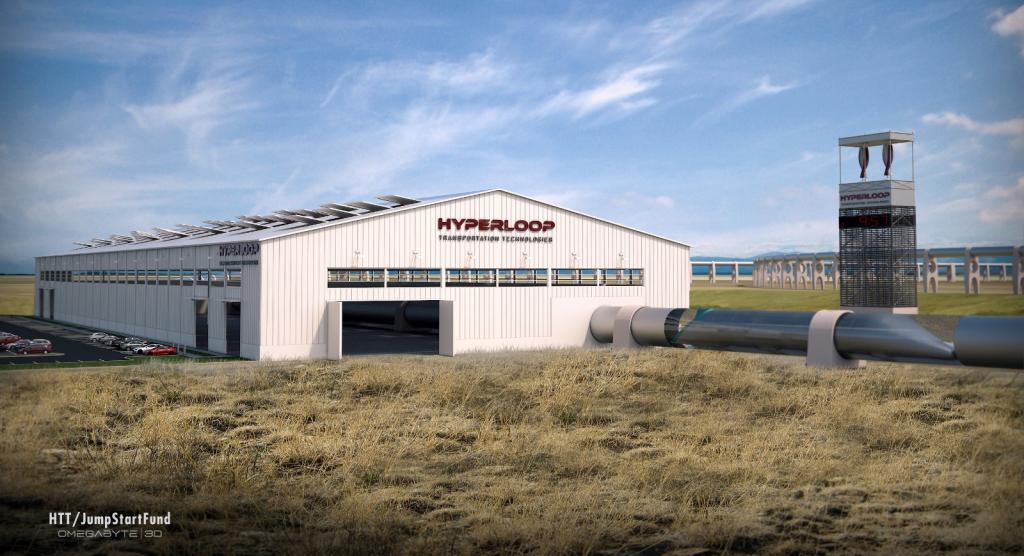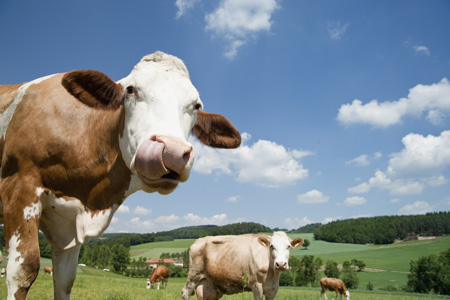Many people assume grass-fed beef is better for the environment. Instead of feeding cattle industrial monocultured corn gravel, you let them eat what grows naturally in a pasture. And that diet of grass and sunshine makes them happier and healthier. Climatically speaking, though, it’s a more complicated story. Because of all the time they spend chewing grass and leaking methane, grass-fed cows are probably just as bad in terms of greenhouse gas emissions as their grain-fed cownterparts.
A team of researchers from the University of Oxford and Bard College decided to try to get to the bottom of the issue. By tracking down some good data and modeling the global warming potential of five different methods of raising cattle, the researchers were able to get us one step closer to understanding the global bovine emissions hoofprint. The judgment? If you do it right, grass-fed beef can be substantially more climate friendly than feedlot beef. But if you have to bulldoze a forest to make room for a pasture or need to use a lot of synthetic fertilizer, the climate benefits are totally wiped out.
And no system is so good that we should allow beef consumption to keep on rising to the extent that it is. As the authors write, “Even the best pastured system analyzed has enough climate impact to justify efforts to limit future growth of beef production, which in any event would be necessary if climate and other ecological concerns were met by a transition to primarily pasture-based systems.”
The researchers compared grain- and grass-fed Midwestern cattle to Brazilian pasture operations, the average Swedish case, and a boutique cattle ranch in southern Sweden. The chart below summarizes some of the authors’ results. Note that the climatic effects of the different production methods are actually expressed in terms of temperature increases — something rare in the life cycle analysis field. In the “BAU+stabilized” condition, the authors model the warming effects of business as usual, which ends with “a population of 10 billion consuming at a per capita rate of 25 kg per year,” or roughly equal to U.S. beef consumption rates today. In the “BAU+sustainable” case, they assume an optimistic cut to 75 percent of current global beef consumption. The clear winner? The boutique Swedish ranch.

Net warming due to beef production under two different “business-as-usual” scenarios.R. T. Pierrehumbert and G. Eshel
Of course, it’s tricky to capture all the inputs here. As the authors point out, “The ‘Brazil pastured’ case represents an estimate of the emission profile of a truly pastured operation under the hypothetical circumstance that the pasture is managed so as to allow sustained production without degradation of pastureland, and that none of the pasture was created by deforestation. Neither of these hypotheticals apply to actual Brazilian beef production.” Oh well. Science is hard.
Still, a world filled with Swedish ranches could make for a more sustainable future. The lessons? Maximize land use efficiency in terms of area per beef unit, forgo the use of pesticides and synthetic fertilizers, and permit a younger slaughter age. (A cow can’t emit methane if it’s dead.) And so it is with beef as it is with most things in life: the Swedes do it better.



